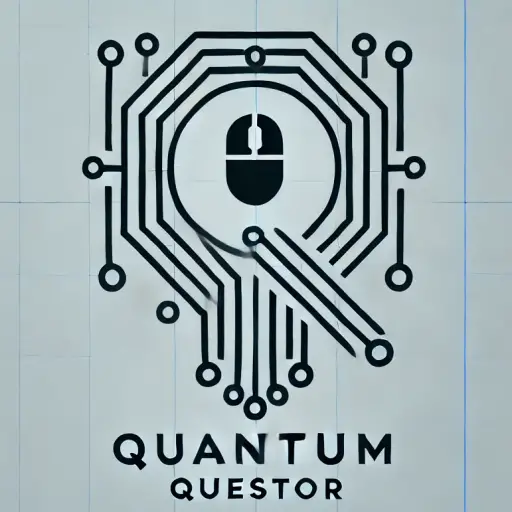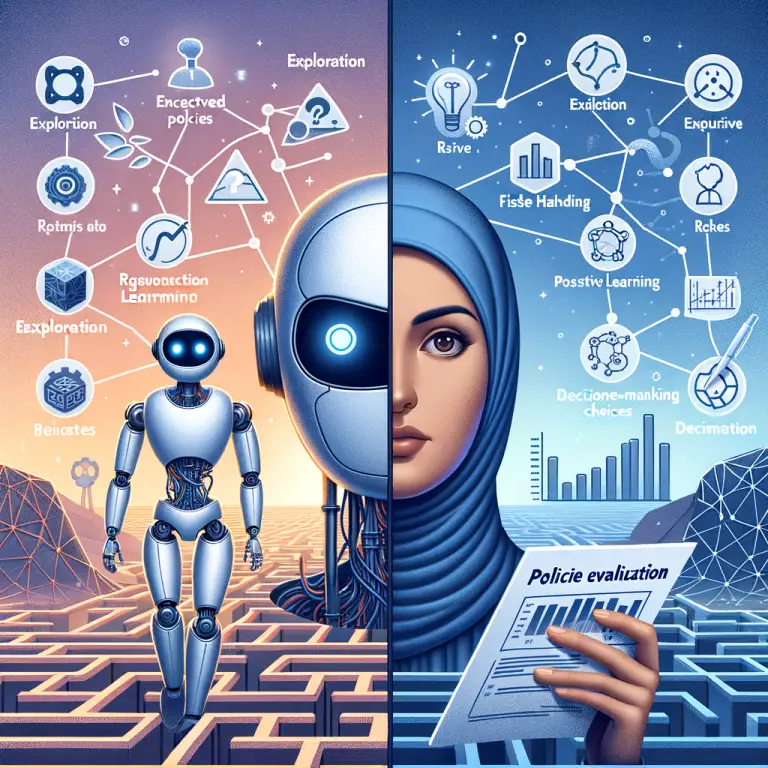
In the ever-accelerating race of artificial intelligence, new contenders rise and fall like waves on a restless ocean. Among these, DeepSeek has appeared on the horizon, a model lauded for its precision in benchmarks and its startlingly efficient development timeline. At first glance, it might seem like DeepSeek is poised to unseat OpenAI’s ChatGPT. But does its strength lie in genuine superiority or a cleverly optimized performance for specific metrics?
The question of DeepSeek’s impact isn’t just technical. It forces us to examine broader themes—about how we measure progress, the risks of hype, and whether the dominance of Western tech is being quietly undermined.
DeepSeek: Master of the Metric?
DeepSeek has been making headlines, and not without reason. With near-perfect accuracy in mathematical reasoning (97%) and programming challenges, it seems like the kind of AI engineers and researchers dream of. Logical reasoning, too, has become its playground, with DeepSeek reportedly outpacing ChatGPT on key evaluations.
Yet something about its rise invites a second look. Models, much like people, tend to reveal their true character not when they’re being tested in isolation but when they’re dropped into the messy, unpredictable world of everyday use. Can DeepSeek navigate that landscape, or is it an AI crafted for the spotlight?
Benchmarks: A Double-Edged Sword
Benchmarks are the mirror we hold up to AI models, reflecting their strengths in neat, tidy scores. But mirrors can distort. A model trained with a keen eye on specific tests can dazzle in those controlled settings while faltering in the complex, unscripted environments where real users thrive.
What if DeepSeek has been honed, intentionally or not, to excel where it knows the stakes are highest? If you’re told exactly what the test is and study for it, you might ace it—but that doesn’t make you the smartest in the room.
This isn’t mere speculation. AI developers, like competitors in any field, are incentivized to play the game well. When the rules are benchmarks, the training will inevitably focus there. But does this serve users? Or does it serve the leaderboard?
ChatGPT: Not Without Flaws, But Hard to Replace
ChatGPT has always been something of a polymath—adequate at many tasks, excellent at some, but rarely perfect. It wasn’t designed to top benchmarks; instead, it set out to provide a broad and adaptable tool for anyone, anywhere. It doesn’t always get everything right, but that’s precisely its strength: it learns, adapts, and remains approachable.
Where ChatGPT shines is where DeepSeek’s abilities remain unproven: unstructured creativity, fluid dialogue, and the ability to tackle new, unexpected problems without losing its footing. It’s the difference between a chess champion and someone who knows how to navigate the nuances of life outside the chessboard.
DeepSeek’s Real Achievement
To paint DeepSeek as simply a “benchmark model” is to miss what it represents. Its development, completed in a fraction of the time and cost of its competitors, is a statement. It challenges the notion that world-class AI must emerge from massive budgets and Silicon Valley boardrooms. It reminds us that efficiency, focus, and purpose can achieve extraordinary things.
DeepSeek’s strengths lie not just in the benchmarks it has aced but in the challenge it poses to the status quo. Why must AI models be generalists to be celebrated? Is there no place for specialization in this increasingly sprawling ecosystem? Perhaps DeepSeek’s greatest achievement isn’t in what it does but in how it shifts the conversation about what AI can be.
Lessons for the AI Industry: Beware the Bubble
DeepSeek’s rapid rise also serves as a warning. The AI field is hurtling forward with an energy that feels both exciting and precarious. Every new achievement—every high score on a benchmark—risks inflating expectations to unsustainable levels.
We’ve seen this before in tech: the dot-com boom, blockchain fever, the metaverse frenzy. When metrics and marketing outpace substance, bubbles form. And bubbles, inevitably, burst. The world doesn’t need another example of overpromise and underdelivery.
But this isn’t just about DeepSeek. It’s about the whole industry’s tendency to conflate progress with dominance. OpenAI has long been a symbol of U.S. innovation, and models like ChatGPT have cemented that reputation. DeepSeek, however, is a stark reminder that AI supremacy is no longer a one-country game. From China to Europe, innovation is emerging in places that Silicon Valley often overlooks.
DeepSeek’s Role in a Broader AI Ecosystem
DeepSeek’s value might not lie in its ability to replace ChatGPT but in its ability to complement it. Where ChatGPT spreads itself wide, DeepSeek goes deep. It is, perhaps, not a rival but a partner—an indicator that AI need not be all things to all people to succeed.
This perspective suggests a future where the AI ecosystem thrives on diversity. Specialized models like DeepSeek could tackle specific challenges—advanced research, scientific computation, and industry-specific needs—while general-purpose models like ChatGPT continue to serve the public in day-to-day interactions.
The Takeaway
DeepSeek’s success is a wake-up call. It reminds us to look beyond the shiny numbers and question what they mean. It forces us to reconsider our metrics for progress, the risks of AI hype, and the assumptions of U.S. superiority in tech.
But it also shows us what’s possible when efficiency and focus meet ambition. DeepSeek may not dethrone ChatGPT, but perhaps it doesn’t need to. Its presence alone ensures the race continues, and that competition can only make AI better for all of us.
In the end, AI isn’t about which model scores highest. It’s about which ones leave the world a better place. Let DeepSeek and ChatGPT both find their roles in shaping that future.



